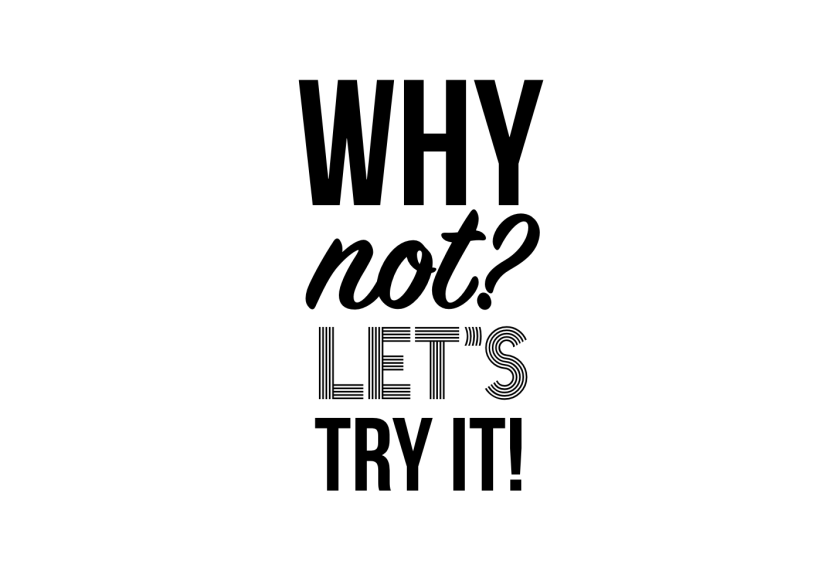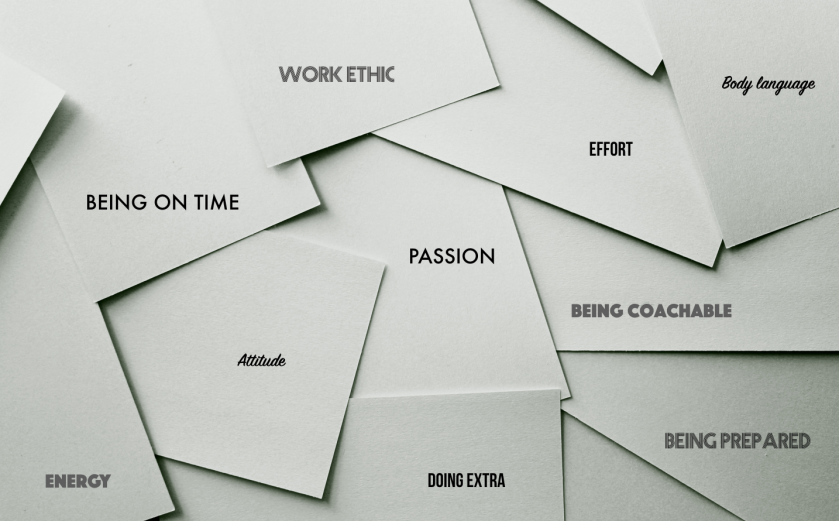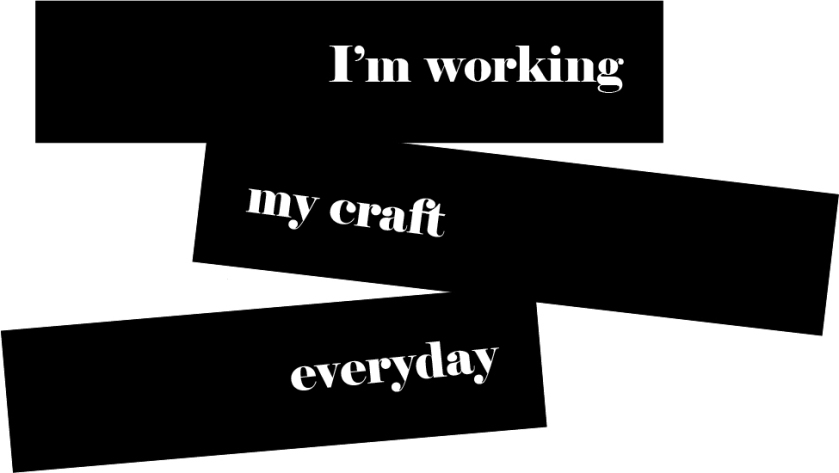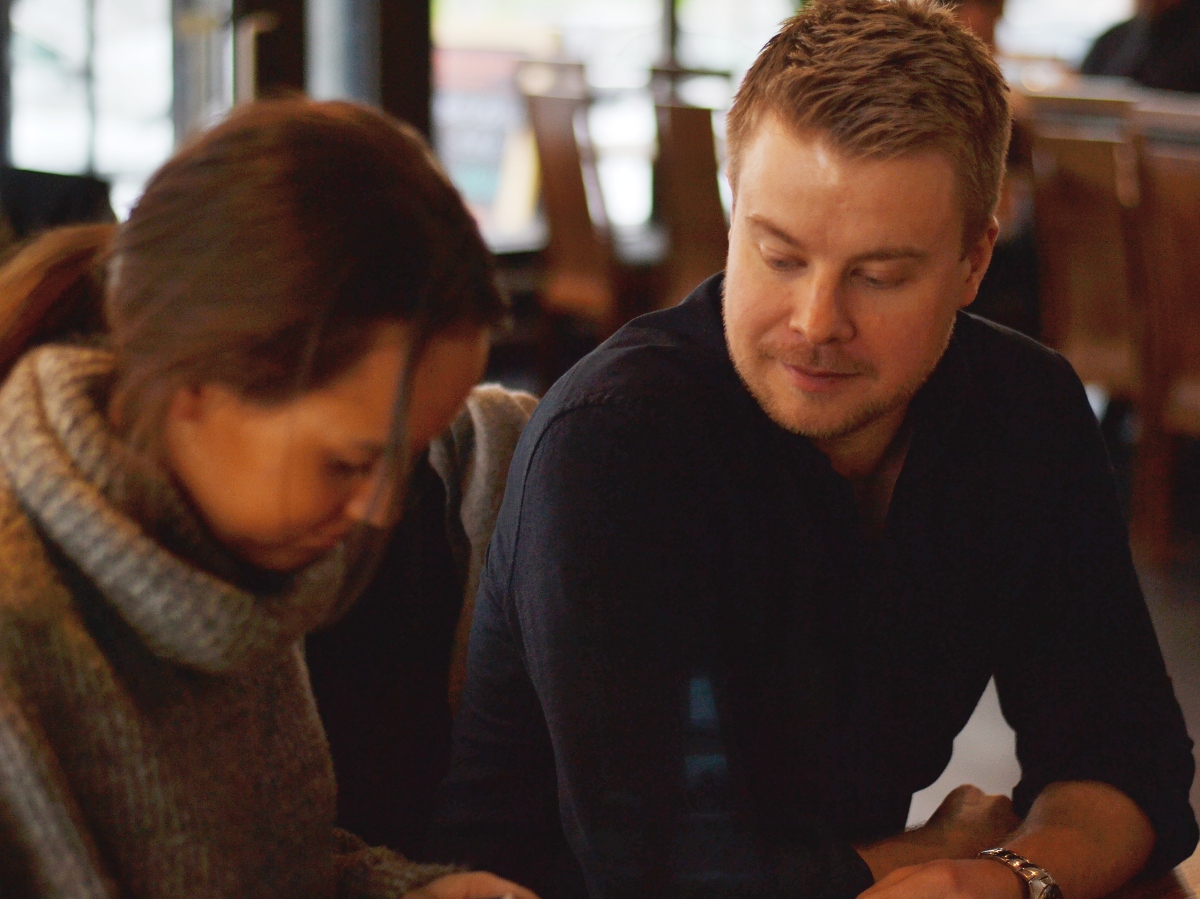Carey Nieuwhof has written interesting articles in his blog about insecure leaders. A week ago I had a great conversation about this subject. We were talking about how insecure leaders don’t realize how deeply their personal insecurities play role into their managerial styles, and how habitual these behaviors can become if left unchecked. In Finland we have a saying: ”I must have all the yarns in my hands”. For a good leader that is impossible. Leaders with low self-awareness frequently take the impact of personal challenges, and project those issues onto employees, which is the ultimate outcome of not taking ownership of their insecurities. A leader who is being insecure in their personal life might find it very rewarding to be able to control everything, having all the yarns in their hands.
Learning organization ideology, that we highly admire in Icebath, doesn’t approve leaders who control everything. In educational world it is very important to have leaders who have people-centered approaches to leading. People-centered approaches mean relinquishing control to others and trusting that employees will not abuse that responsibility. To be able to do this a leader must have very good self-awareness and they must be very confident and comfortable in their role to pull it off. To get the best out of students requires it teachers who have people-centered approach to teaching, coaching, leading their team, a group of students.

Nieuwof writes that one of the most glorious answers a leader can give is “I don’t know.” Admitting that you don’t know and you want to hear your employees point of view, is a wise thing to do and even an insecure leader knows that. They do respect other opinions, they do want to hear them out and maybe to use them later as their own opinions. The biggest fear of an insecure leader is a fear of losing control. Losing control and switching to a people-centered approach is the most difficult thing to do.
During the reform in Finnish educational system, in this changing world in teaching teachers might have doubts how they will retain their authority, their expertness if they change their role from all knowing teachers to a questioner coaches. How the teachers are lead equals how they will teach, coach, lead their teams.
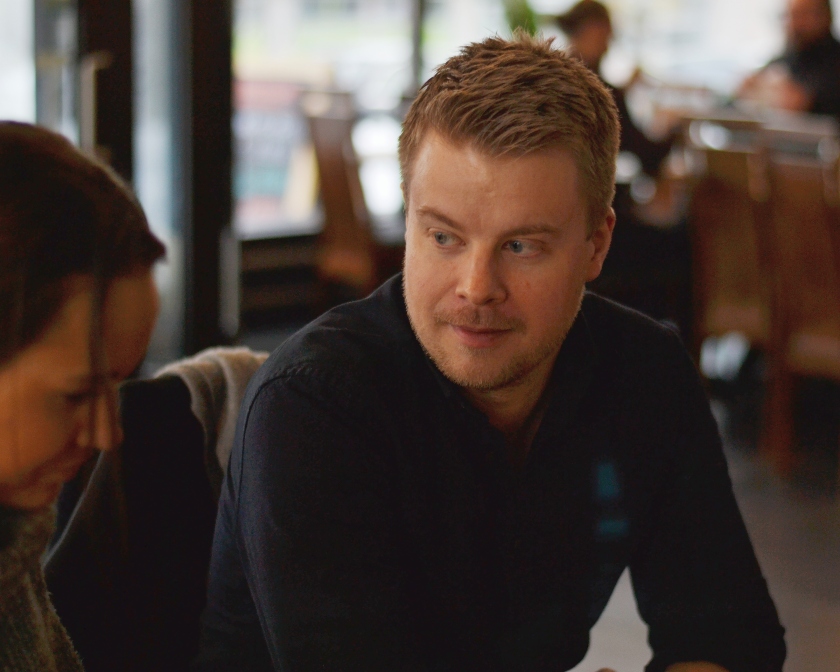
To be able to lose control, insecure leaders and teachers must concentrate their own personal growth. To be able to grow you must start to think you can grow in every conversation, you can learn from everybody you meet and out of everything you experience. Realizing that you are not the center of the universe, all knowing miracle you can find out that wisdom can be found around you and there are people who know more than you and work better than you. They just need a good leader who supports them to get the best out of themselves.
There are so many leaders who try to control everything schedules, time in the office, output, budget etc. At the same time they are trying to control everything they can, they say they want employees to be creative and innovative and make the best out of themselves and the company. The problem is that people who are controlled won’t be creative, innovative, and responsive. People won’t stay in their jobs, if they don´t feel respected and trusted. If they are forced they stay, but act like marionettes. We don’t want our future employees to be marionettes. We want them to be inspired, with good self-awareness and confidence in their role, what ever it will be, to pull it off.
Instead of packing your insecurities into a briefcase every day and bringing them with you to work and projecting them onto employees or students, leaders and teachers should come to work without a briefcase at all! Tough challenge!
To be a good leader or teachers you don´t have to know everything, because that is impossible, but to be a good leader or teacher you must be able to grow, learn and develop yourself every day in a reflection with your employees, co-workers, students and people around you.

Reflection in a relationship and in a leadership has been described as a process that helps turn experience into knowledge. To be able to be a reflective person who creates reflective conversation is not something we are born with, it is a learnable ability and it develops on discussions with other more advanced minds. Low levels of reflective ability have been associated with insensitive and emotionally unresponsive behaviors (e.g., withdrawal, hostility, intrusiveness, and distorted perceptions of affective communication). Reflective ability is a mental process thought to be invoked in the interpretation of human action (i.e., the attribution of personal meaning and intention to others’ behavior). Reflective ability helps individuals to understand that emotions influence interactions. Ability of thinking reflectively helps to clarify the cause and effect relations between underlying emotions and interpersonal behavior.
What then is the purposes of good reflecting leadership ability?
A reflective leader allows employees to ‘hear’ their own thoughts and to focus on what they say and feel, they encourage employees to a conversation that leads to brainstorming and changing ideas, growing.
Reflective leader shows the employees that they are trying to perceive the world as employees sees it and that they are doing their best to understand their messages. They are not afraid of their employee’s wisdom and knowledge vice versa they celebrate the brains that they have in their company, they also give the credit for the ones it belongs to.
Reflecting does not involve asking questions, introducing a new topic or leading the conversation in another direction. Leaders help employees through reflecting as it not only allows them to feel understood, but it also gives them the opportunity to focus on their ideas. This in turn helps them to direct their thoughts and further encourages them to continue speaking and that way learning.
The more reflective a leader can be, more reflective will their employees, teachers be and their reflective ability reflects to the people around them. The more reflective a leader can be the more they can learn from their employees, because they know they can trust their employees reflections! Reflective leaders spread life skills around.
Be brave to let go of the yarns in your hands, someone else knows better how to create a woolen sock out of them!
Written by Annele Heikkilä
